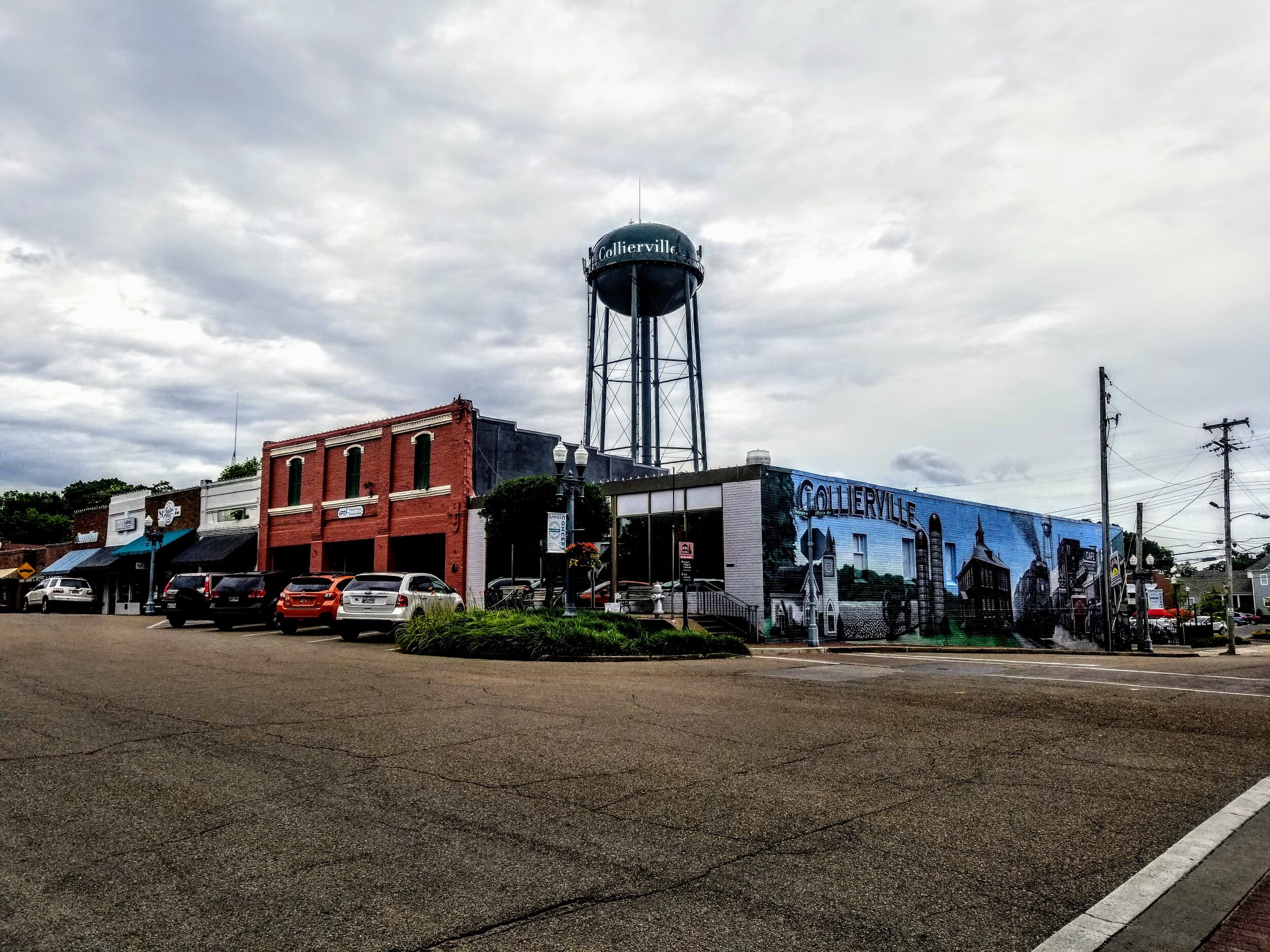
We can’t understand Collierville’s present
without understanding Collierville’s past.
H I S T O R Y M A T T E R S.
The exclusionary systems and institutions of today are legacies of the racial, ethnic, and class-based discrimination of our past.
INDIGENOUS HISTORY
By 1818
Collierville was Chickasaw territory, but not much is known about the Collierville Chickasaw prior to the 1818 Treaty of Tuscaloosa. Under the terms of that treaty, the Chickasaw were forced to give up their land and move south of Tennessee’s old state line, modern day Poplar Avenue. They were, however, still within the modern boundaries of Tennessee and living on the land that would one day be called Collierville.
1830s
There was a sharp political turn in which American policy took hold and there were giant land grabs. When the Indian Removal Act formalized, the Treaty of Pontotoc Creek was signed along with several others. They included steps to “legally '' (by US standards) seize the land and force the Chickasaw people westward.
1838
The treaty led to the Trail of Tears, by which the entire Chickasaw Nation emigrated to new territory in present-day Oklahoma in 1838. The removal of indigenous peoples continued into the 1890s and even into today.
We know some of the names of the individuals that owned the land that is now Collierville. While these people sold their land it was by force and the monies received went into the treasury of the Chickasaw Nation, not to the individual.
She-Kah
She-Mi-O-Key
Loom-Mo-Tubby
IM-mah-ho-nah:
Co-She-Ko:
[Image on the right] 1832 map of Collierville and Chickasaw plots. Reproduction held in Morton Museum, M0046.
SLAVERY IN COLLIERVILLE
In the 1850- early 1900s Collierville was a predominantly Black town. According to the 1860 US Census:
Collierville was 62.99% Black and 37.01% white. Statistically speaking, this means that on the eve of the Civil War, every one free white person in what we now call Collierville claimed ownership of, on average, two enslaved Black people.
1860
The first free Black man living in Collierville was Alfred Moore and he was 22 years old in 1860. He lived with a 35 year old white man named Thomas T. Moore. Since Alfred is the first free Black man listed in the Census, it is likely that the entirety of the Black population was enslaved.
1870
Many of the prominent white families of Collierville built their wealth by enslaving others to work on their farms. Captain James Abington was a wealthy landowner and enslaver. He was the first mayor of Collierville in 1870.
While many white residents took up the Confederate cause against the United State government, Black residents enlisted in the Union Army at great risk to themselves and their families.
THE RECONSTRUCTION ERA
After the Civil War, 70 percent of the town that had been enslaved by the other 30 percent were emancipated.
1868
Residents who had formerly been enslaved by James Abington built the first Black Church in the area. St. Mark’s Missionary Baptist Church is still an active congregation in town. Although the original building has been replaced with a new facility, historic artifacts and stained glass windows are still featured prominently in the church.
1871
Another small group of survivors of slavery came together to establish what is now called New Shelby Missionary Baptist Church. The first church was a “bush arbor” in the woods behind where the present building stands.
1872
Captain James Abington--the first mayor of Collierville-- led a lynching party of wealthy white residents to lynch an innocent man named John Brown in the woods near the town square.
1885
Two innocent men named Jesse Dupuy and Pen Drumwright were hunted down and shot by a posse of angry white men. They were taken to the Collierville jail where Dupuy died of his injuries. Drumwright survived. He had a trial and was found innocent. He lived and he has descendants that we believe may still live in this area.
1893
A white woman accused a man named Richard Neal of attacking her. White Collierville residents lynched Richard Neal even though the woman could not confirm that he had attacked her.
The 1960s were a tumultuous time in our nation's history and Collierville was no exception.
We honor and celebrate those brave citizens who fought for justice in our town.
Unable to watch the video?
We’ve listed out the takeaways from the video for you below.
CIVIL RIGHTS HISTORY
1966
APRIL | Federson Pearson is brutally attacked by a Collierville police officer and a police canine. The officers are later cleared of charges.
JUNE | Black residents protest for the desegregation of town square bathrooms, for the hiring of Black police officers, and for fair hiring practices.
JULY | Collierville Board of Mayor and Aldermen pass ordinance to crack down on protests and later convene a “human relations commission” of Black and white residents.
SEPT | Black residents are finally allowed to work factory jobs in town. George T. Walker is hired as first Black policeman.
SEPT | The Collierville Branch of the NAACP is founded.
1967
New integrated public restrooms are constructed on the town square and are immediately vandalized.
The U.S. Government intervened because Shelby County was not complying fully with Brown v Board of Education. Eventually bussing is implemented and the first Black students are allowed to attend Collierville High School.
1971
The only school for Black children in Collierville that opened in the 1920s burned down.







